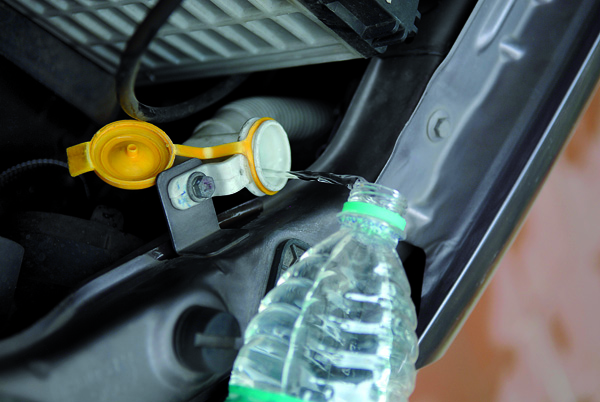The rains will begin to pour down upon most of the country soon and will bring with them the much-needed respite from the long, torrid summer. But, although the season is essential for agriculture, etc, it brings with it, a host of problems for your car. Water, humidity and moisture spell disaster for metal and electronics. Fret not, for we are here to give you a host of easy-to-follow tips that will help make your monsoon motoring experience an enjoyable one.
Before you start looking for specialised monsoon measures, check the holistic health of your car. If there is a scheduled service in the next couple of months, it would be a good idea to get it done a bit earlier, as this will ensure your car is in the best shape to tackle the rains. Apart from the routine service, request the works personnel to spray an anti-rust solution on all metal parts exposed to rain water. Also, ask them to make sure all the drain plugs are closed and leaves are cleaned out of any water channels. A missing drain plug will let in muddy water from the roads that will soil your car’s carpets and also give rise to a stench that may be hard to get rid of later. The rains can also disrupt your car’s electrical systems. Have the workshop double-check all important connections such as the wiring for the battery and the alternator for proper insulation.




